Description
Trane SWT03335 Switch; Flow Sensor Thermal (X13790871040)
Programmable Thermal Flow Sensor SWT03335 details;
- Trane Chiller Thermal Flow Sensor, Switch Disp. 24V AC/DC 60 CM/S.
- Original Trane OEM Components
- Trane Part Number: SWT03335
- Model Number: X13790871-040 / X13790871040
- IFM Part Number: SC0525 Electronic Flow Switch
- Commonly Used on Trane AquaStream™ 2, AquaStream 3G™, CenTraVac™, City™, Flex2O™, Flex II, Lyra™, Series R™, Series E™ CenTraVac™, Sintesis™ Advantage, Sintesis™ Balance, Sintesis™ Excellent, Sintesis™ Prime, XStream™, XStream™ Excellent chiller Models.
- Replaces / Supersedes: SWT03335, SWT3335, SWT-3335
- For water units use SWT03335 and for glycol units use SWT03334. The cable for CGAM units is WIR05141 and the cable for RTAC units is WIR06554
Chiller documentation can be downloaded from the below links;
- CGAM Chiller Model Flow Sensor Thermal (Product Catalog, Sales Brochure, Installation Operation Maintenance)
- CGAN Chiller Model Flow Sensor Thermal (Product Catalog, Sales Brochure, Installation Operation Maintenance)
- CGAF Chiller Model Flow Sensor Thermal (Product Catalog, Sales Brochure, Installation Operation Maintenance)
- CXAF Chiller Model Flow Sensor Thermal (Product Catalog, Sales Brochure, Installation Operation Maintenance)
- CGWH Chiller Model Flow Sensor Thermal (Product Catalog, Sales Brochure, Installation Operation Maintenance)
- CCUH Chiller Model Flow Sensor Thermal (Product Catalog, Sales Brochure, Installation Operation Maintenance)
- GVAF Chiller Model Flow Sensor Thermal (Product Catalog, Sales Brochure, Installation Operation Maintenance)
- GVWF Chiller Model Flow Sensor Thermal (Product Catalog, Sales Brochure, Installation Operation Maintenance)
- RTAC Chiller Model Flow Sensor Thermal (Product Catalog, Sales Brochure, Installation Operation Maintenance)
- RTAF Chiller Model Flow Sensor Thermal (Product Catalog, Sales Brochure, Installation Operation Maintenance)
- RTAE Chiller Model Flow Sensor Thermal (Product Catalog, Sales Brochure, Installation Operation Maintenance)
- RTHD Chiller Model Flow Sensor Thermal (Product Catalog, Sales Brochure, Installation Operation Maintenance)
- RTWD Chiller Model Flow Sensor Thermal (Product Catalog, Sales Brochure, Installation Operation Maintenance)
- RTUD Chiller Model Flow Sensor Thermal (Product Catalog, Sales Brochure, Installation Operation Maintenance)
- RTHF Chiller Model Flow Sensor Thermal (Product Catalog, Sales Brochure, Installation Operation Maintenance)
- RTWF Chiller Model Flow Sensor Thermal (Product Catalog, Sales Brochure, Installation Operation Maintenance)
- RTSF Chiller Model Flow Sensor Thermal (Product Catalog, Sales Brochure, Installation Operation Maintenance)
- CVGF Chiller Model Flow Sensor Thermal (Product Catalog, Sales Brochure, Installation Operation Maintenance)
Thermal Flow Switch
There are many applications where knowing whether there are flow or no-flow conditions of a fluid in a pipe is important. A thermal flow switch is an option to consider to provide such a positive indication of flow or no-flow conditions. Detecting flow conditions also can be accomplished using an electromechanical paddle-type flow switch. However, a thermal flow switch operates without any moving parts and therefore is more reliable.
A thermal flow switch, also known as a thermal dispersion flow switch, is a precise flow-sensing device. The principle sensing method is that of heat diffusion. According to Wikipedia, “The operation of thermal dispersion flow sensing is attributed to L.V. King who, in 1914, published his famous King’s Law revealing how a heated wire immersed in a fluid flow measures the mass velocity at a point in the flow. King called his instrument a “hot-wire anemometer”. However, it was not until the 1960s and 1970s that industrial-grade thermal dispersion devices finally emerged.”
A typical thermal flow switch consists of two temperature sensors. One sensor measures the temperature of the fluid when the sensor probe is immersed in the liquid. The other temperature sensor is heated by a constant power. This creates a temperature difference between the two sensors. A temperature difference is an inverse ratio to the flow velocity. Advantages of the thermal flow switch over the electromechanical paddle-style flow switch include:
- Higher sensitivity,
- Fewer installation restrictions,
- No moving parts or wear and tear.

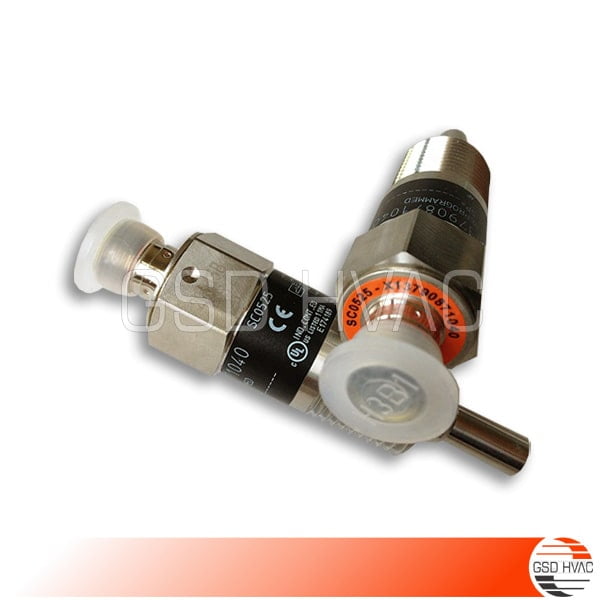
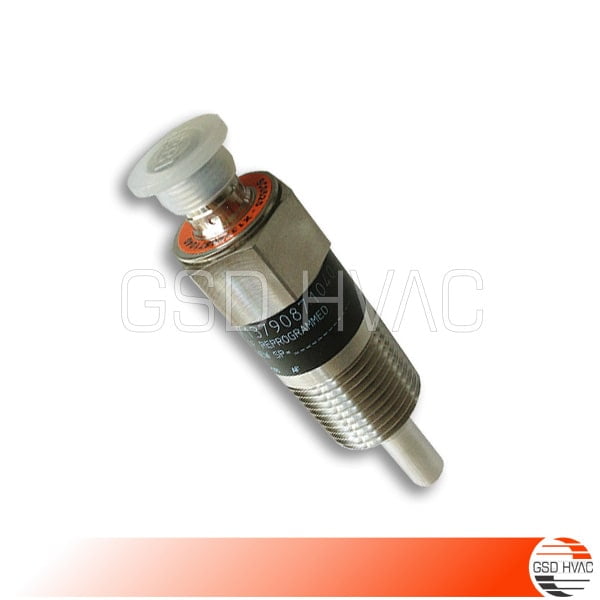
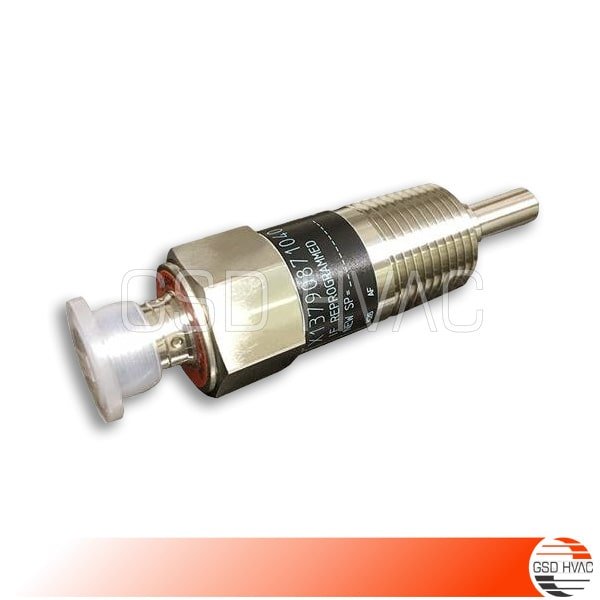



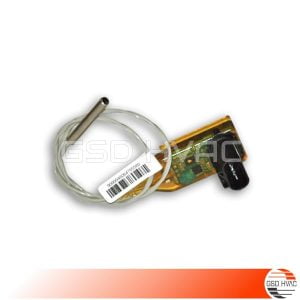
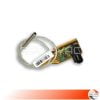
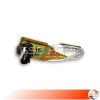
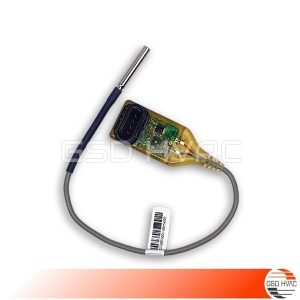
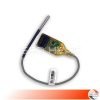
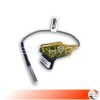
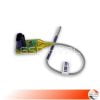
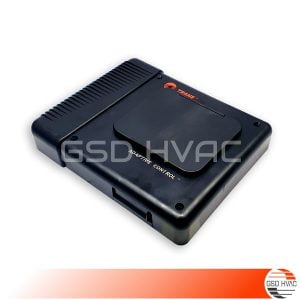
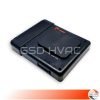
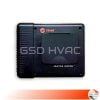
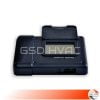
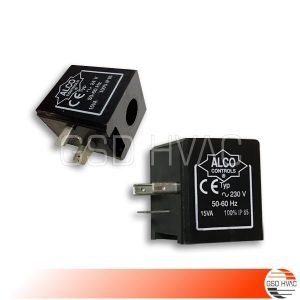
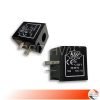
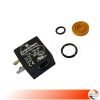
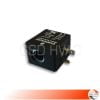
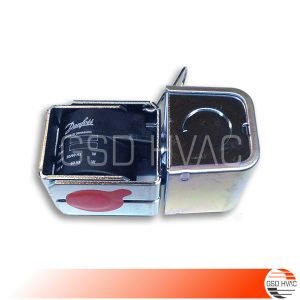


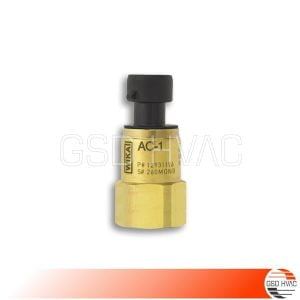
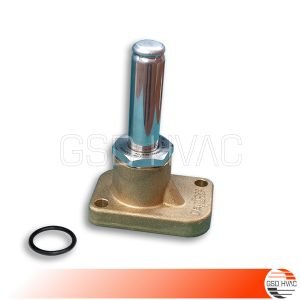

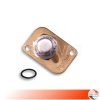
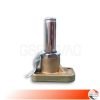
Reviews
There are no reviews yet.